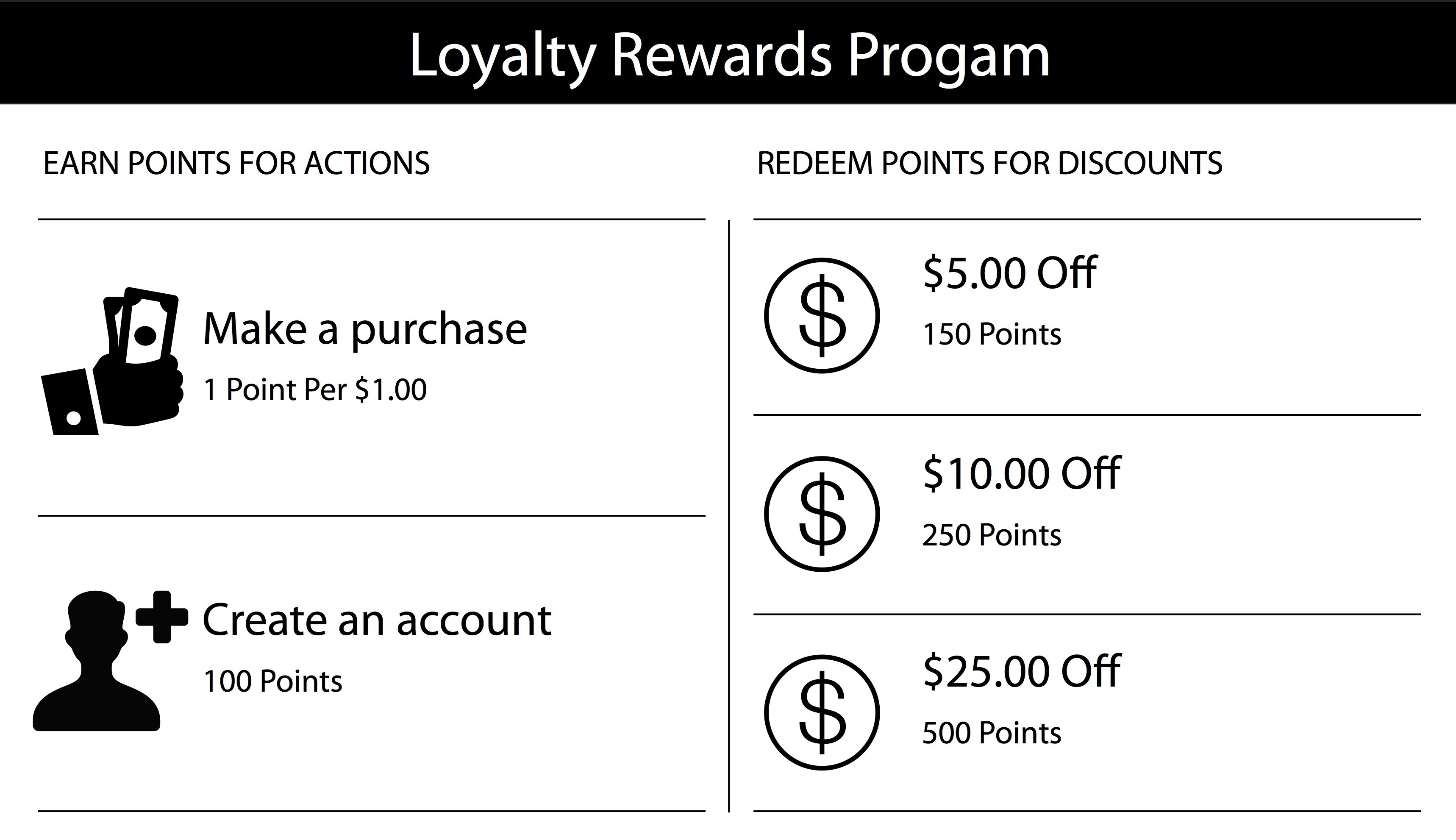Wellness Demystified: We Can Help You Discover Optimum Health
9 Simple Lifestyle Changes to Reduce Cholesterol Levels

High cholesterol can increase the risk of developing a variety of adverse health conditions. There are medications available that help reduce high cholesterol levels, but there are also plenty of simple ways to lower cholesterol naturally. Most people know high cholesterol levels can be harmful to your health. Approximately 37 percent of American adults have low-density lipoprotein (LDL) cholesterol levels in the range where medications may be required. However, an estimated 8 percent more American adults have high cholesterol levels and don’t know it.
LDL cholesterol is known as “bad” cholesterol because it can build up within the walls of your arteries. As arteries narrow, your risk of developing heart disease or having a stroke increases dramatically. Your body also needs “good” cholesterol, or high-density lipoprotein (HDL) cholesterol, to help take surplus cholesterol from your cells and back into your liver, but HDL also helps to reduce your triglycerides and lower blood pressure.
A doctor can conduct a simple blood test to check your cholesterol. While high cholesterol levels can be dangerous for your health, having less than 200 milligrams per deciliter (mg/dL) of total cholesterol is considered healthy. Your blood test should ideally show less than 100 mg/dL of LDL cholesterol and more than 40 mg/dL of HDL cholesterol.
If your blood test results show your HDL levels are too low or your LDL levels are too high, your doctor may discuss the need to take medications to lower your cholesterol. Your doctor may also talk about making some healthy lifestyle changes that will help manage your cholesterol levels naturally.
Here are five simple lifestyle changes you can make to help lower high cholesterol and maintain healthy levels over the long term.
Eliminate Trans Fats
Aim to eliminate the number of trans fats you eat. Trans fats directly impact your cholesterol levels by increasing LDL cholesterol and reducing HDL levels.
Trans fats, commonly found in fried foods and fast foods, are also in a broad range of pre-packaged snack foods, such as cookies, doughnuts, cakes, pies, pastries, and microwave popcorn. Other types of foods that could be hidden sources of trans fats include margarine, frozen waffles, and frozen pizzas.
Choose Healthier Fats
Overeating red meat or dairy products containing saturated fats can raise your LDL cholesterol levels. However, you don’t need to eliminate these foods from your diet altogether.
Instead, choose leaner cuts of meat and switch to low-fat dairy. When you’re cooking, use oils that contain monounsaturated fats, such as olive oil or canola oil.
Add Nutrient-Rich Foods
Fresh fruits and vegetables are excellent sources of vitamins and minerals, but they’re also low in calories. Find ways to add more fresh fruits and vegetables into your regular meals.
Leafy green vegetables, peas, beans, lentils, and cruciferous vegetables are also excellent sources of soluble fiber, which actively helps lower your LDL cholesterol levels.
Whole grains are excellent sources of soluble fiber, but they also contain other nutrients that are helpful for regulating blood pressure. Where possible, try to eat whole-wheat flour, high-fiber cereal, brown rice, barley, oats, and oatmeal.
Eat More Omega-3 Fatty Acids
Omega-3 fatty acids help to boost your levels of good HDL cholesterol, but they also help to reduce triglycerides and regulate blood pressure. Omega-3s are found in oily fish, such as tuna, herring, salmon, or mackerel, as well as in oysters, shellfish, and various other types of seafood.
Nori seaweed is a good source of omega-3 fatty acids. You can also snack on walnuts or almonds to get more plant-based omega-3s into your diet.
Control Portion Sizes
The amount you eat is almost as significant as the type of food you choose to eat. Even if you’re making an effort to eat healthy foods and reduce the amount of saturated fat in your diet, your portion sizes could lead you to eat more calories and get more hidden fats in your diet than you realize.
Cut Back on Alcohol
If you’re serious about lowering your cholesterol levels, cut back on the amount of alcohol you drink. Alcohol increases the levels of triglycerides in your blood, which can increase the risk of heart disease, irregular heartbeat, type 2 diabetes, and stroke. Besides, alcohol is high in calories and of minuscule nutritional value, so it also increases your risk of obesity.
Quit Smoking
If you smoke, it’s time to think about quitting. Some research suggests that stopping could improve good HDL cholesterol levels. Within a year of quitting smoking, your risk of heart disease drops to half the rate of a smoker, so you’re improving your overall health at the same time.
Regular Exercise
Regular physical activity can help reduce LDL (bad) cholesterol and help to raise your levels of HDL (good) cholesterol at the same time.
When most people think of exercise, they imagine a grueling workout session in a sweaty gym. However, the Centers for Disease Control and Prevention (CDC) classifies exercise as any physical activity that gets your body moving. Go for a walk on your lunch break or stroll the length of the mall before heading into the store. Park the car further away from your destination and take the opportunity to walk.
Ideally, you should try to get at least 30 minutes of physical activity into your day at least five times a week. Fortunately, research shows 10-minute bursts of exercise at a time are okay, so go ahead and spread out your activities into smaller chunks of time throughout the day (2).
Maintain a Healthy Weight
People struggling with obesity are more likely to have high LDL cholesterol levels, as well as high triglycerides. Losing just 5 percent of your body weight can help to lower your cholesterol levels.
Cut down your portion sizes, work on making healthy food choices, and find ways to increase the amount of physical activity you get each day. You’ll find it easier to reach and maintain healthy body weight and keep your cholesterol levels managed at the same time.
Small changes do have a compounding effect when it comes to reducing cholesterol levels naturally. If you have already been prescribed medication to reduce or manage your cholesterol, then continue taking it as prescribed. You should also keep making small lifestyle changes that help you stay in control of your cholesterol levels naturally at the same time.


© 2019 Nutrients Solutions, LLC. All rights reserved. Disclaimer: The information provided is for educational purposes only and does not constitute medical advice. Always seek the advice of your physician or qualified healthcare provider with any questions or concerns about your health. Check with your doctor before beginning any exercise program. Never disregard or delay seeking medical advice because of something you have heard or read in this article or the internet.












